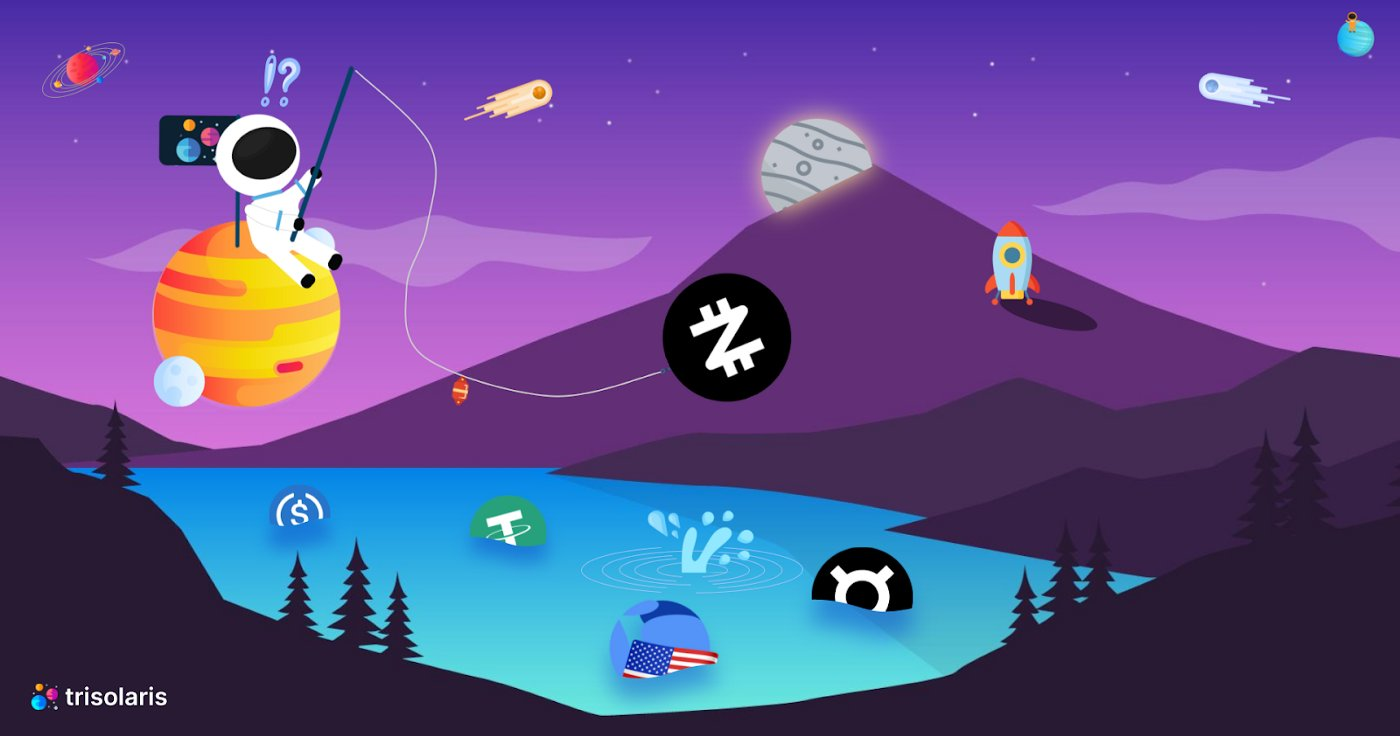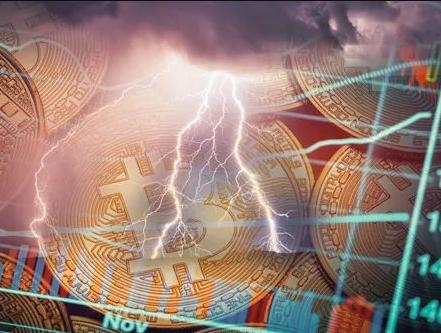UST collapsed, can we still trust the official algorithmic stablecoins of other public chains?
Author: Jiang Haibo, PANews
After the success of algorithmic stablecoins in the Terra ecosystem, public chains such as Waves, NEAR, and TRON have launched their own algorithmic stablecoins. However, Terra has now fallen from grace, with UST de-pegging and dropping to as low as $0.2, and LUNA also briefly falling below $1. In light of Terra's lessons, is it still necessary for other public chains to launch their own algorithmic stablecoins?
What are the benefits of public chains issuing stablecoins?
Why are these public chains so keen to issue algorithmic stablecoins? What opportunities and risks do algorithmic stablecoins bring to public chains?
First, the issuance of algorithmic stablecoins is beneficial for temporarily boosting coin prices. For instance, after the announcement of USN, the price of NEAR surged to around $20; after the official launch of USDD, as of May 11, TRX rose by 9.6% despite BTC dropping 17% over the past week.
Algorithmic stablecoins supported by public chains are relatively more secure, making "Rug Pull" scenarios less likely, and the chances of code vulnerabilities are also lower. With official backing, they can attract more funds, helping public chains lock in a large amount of native tokens. Taking the most representative example of Waves, despite a market cap of only $1.07 billion, the reserves locked in Neutrino are valued at approximately $582 million, accounting for 54% of Waves' circulating market cap.
Most public chains do not have native stablecoins issued by strong institutions like Tether or Circle and need to rely on cross-chain solutions, which are often prone to security incidents. In this context, native stablecoins become quite meaningful. On May 1, the temporary suspension of the Rainbow Bridge raised concerns among many users. Native stablecoins can help alleviate this issue.
Stablecoins provide an important asset to public chains, enriching their ecosystems. After the launch of USN, it received support from multiple projects, such as Ref Finance launching USN/USDC liquidity mining, Burrow enabling USN deposits, and Trisolaris announcing a 5pool that includes USN, WUST, FRAX, USDT, and USDC.
Multiple Public Chains Issue Stablecoins with Different Mechanisms from Terra
Since the economic models of public chain native tokens are already established, they can only maintain the peg of their stablecoins to the dollar using methods similar to but not identical to those of Terra.
Neutrino allows for the exchange of $1 WAVES and USDN, but this process has delays, and reserves may be insufficient. When market fluctuations cause the value of WAVES in reserves to mismatch with the issued USDN, adjustments need to be made by auctioning Neutrino's governance token NSBT. USDN faces issues of under-collateralization, and the primary use of public chain tokens is to collateralize the minting of USDN, which could lead to a death spiral.
In the NEAR ecosystem, the organization managing USDN reserves is called Decentral Bank DAO, allowing users to exchange 1 dollar of NEAR for 1 USDN without delay. During the guiding phase, the project team mints coins at a 200% collateralization rate, meaning that minting 1 USDN requires 1 dollar of NEAR plus 1 USDT, relying on additional funding from the project team to counteract potential reserve shortages due to market declines.
TRON's USDD is relatively centralized, managed by the TRON DAO Reserve to ensure price stability. The project team pre-minted 999 billion USDD, and the TRX used for minting is stored in a multi-signature wallet. The exchange between TRX and USDD relies on whitelisted institutions like Alameda Research, while ordinary users can only buy or sell USDD on the secondary market.
Additionally, the IOST and Cardano teams have also announced plans to launch algorithmic stablecoins. IOST stated that the planned algorithmic stablecoin will address three issues: the authenticity of oracle prices, ensuring price stability, and reducing price volatility through arbitrage. IOST will invest more funds and resources, focusing on the IOST multi-chain ecosystem and IOST algorithmic stablecoin.
Algorithmic stablecoins possess higher scalability, which can stimulate rapid ecosystem development. While bringing these advantages, they also introduce new risks to public chains, potentially becoming the last straw that breaks the camel's back when bubbles burst. As of the time of writing, Binance saw UST drop to a low of $0.225.
Public Chain Stablecoin Designs Should Be More Robust
The price increase of native tokens triggered by algorithmic stablecoins may be temporary. For example, after the announcement of USN, the price of NEAR rose above $20. However, after USN officially launched, its performance fell short of expectations, with the annualized yield of USDT/USDN mining on Ref dropping below 8%, and NEAR's price recently performing poorly, falling to a low of $5.3. There may be some correlation here. As more public chains imitate similar methods, the stimulating effect of algorithmic stablecoins on coin prices may weaken.
Currently launched algorithmic stablecoins, such as USN and USDD, lack transparency or exhibit relatively centralized performance. USN claims a 200% collateralization rate during the guiding phase; theoretically, the more funds the project team invests during this phase, the greater the subsequent capacity to withstand declines in NEAR's price. However, there is no clear indication of the funds already invested. The design of USDD is relatively centralized, as users cannot exchange 1 USDD for 1 dollar of TRX through the project contract but can only trade on the secondary market.
In the context of poor market performance, the stablecoin mechanisms of Terra, Waves, NEAR, and TRON theoretically all face the possibility of de-pegging, which could bring additional risks. The risks of UST have already been exposed, USDN has been impacted, and the collateral for USN and USDD mainly consists of native public chain tokens. In the event of a significant market downturn, there is theoretically a possibility that the value of the collateral may not be sufficient to redeem stablecoins for $1 worth of assets, but currently, this can be mitigated by official intervention due to the small scale.
In light of these risks, especially following the UST crash, public chain officials should exercise greater caution when launching algorithmic stablecoins, and the design of the algorithmic mechanisms should be more robust. They should avoid blindly launching before being fully prepared.














